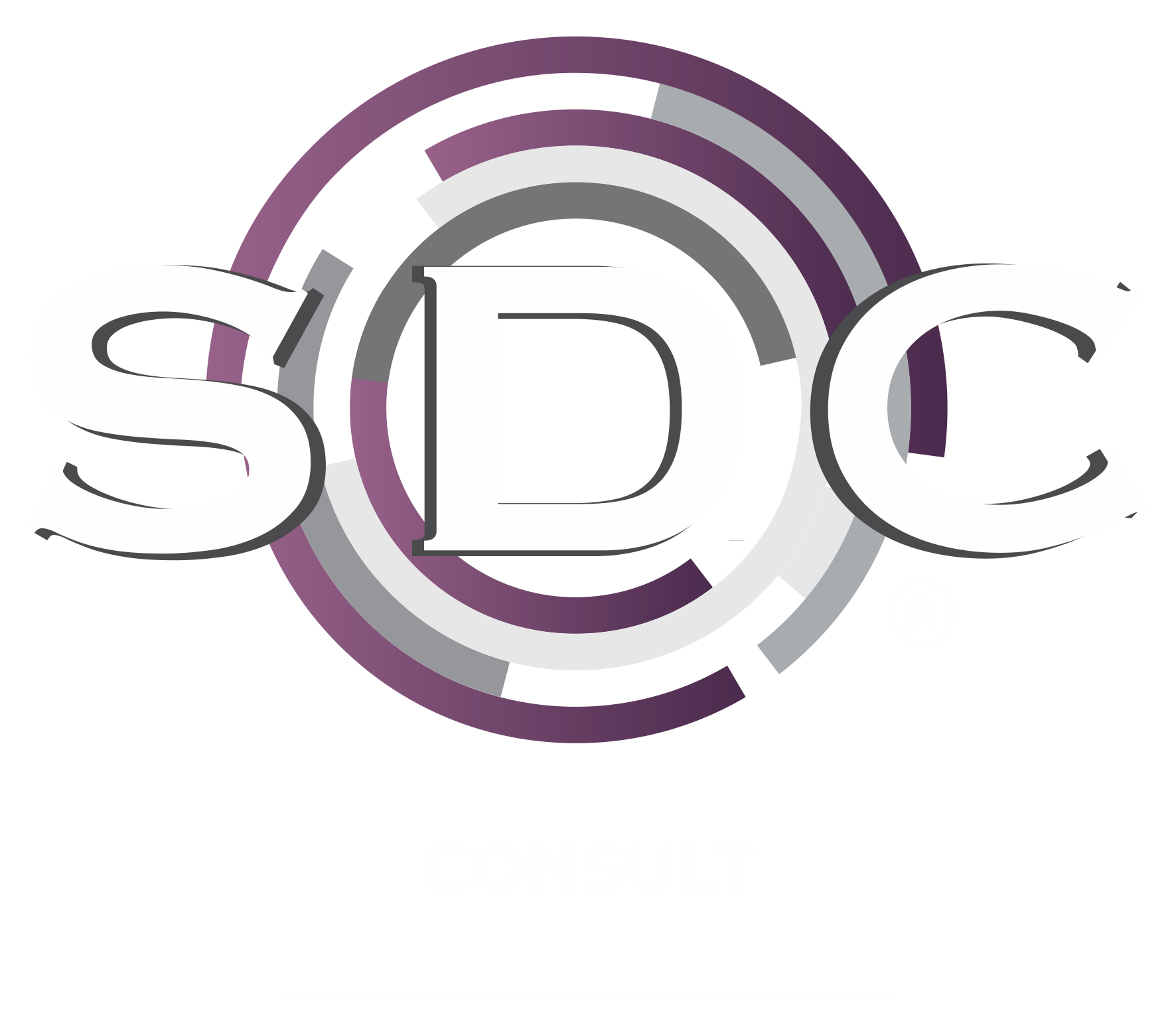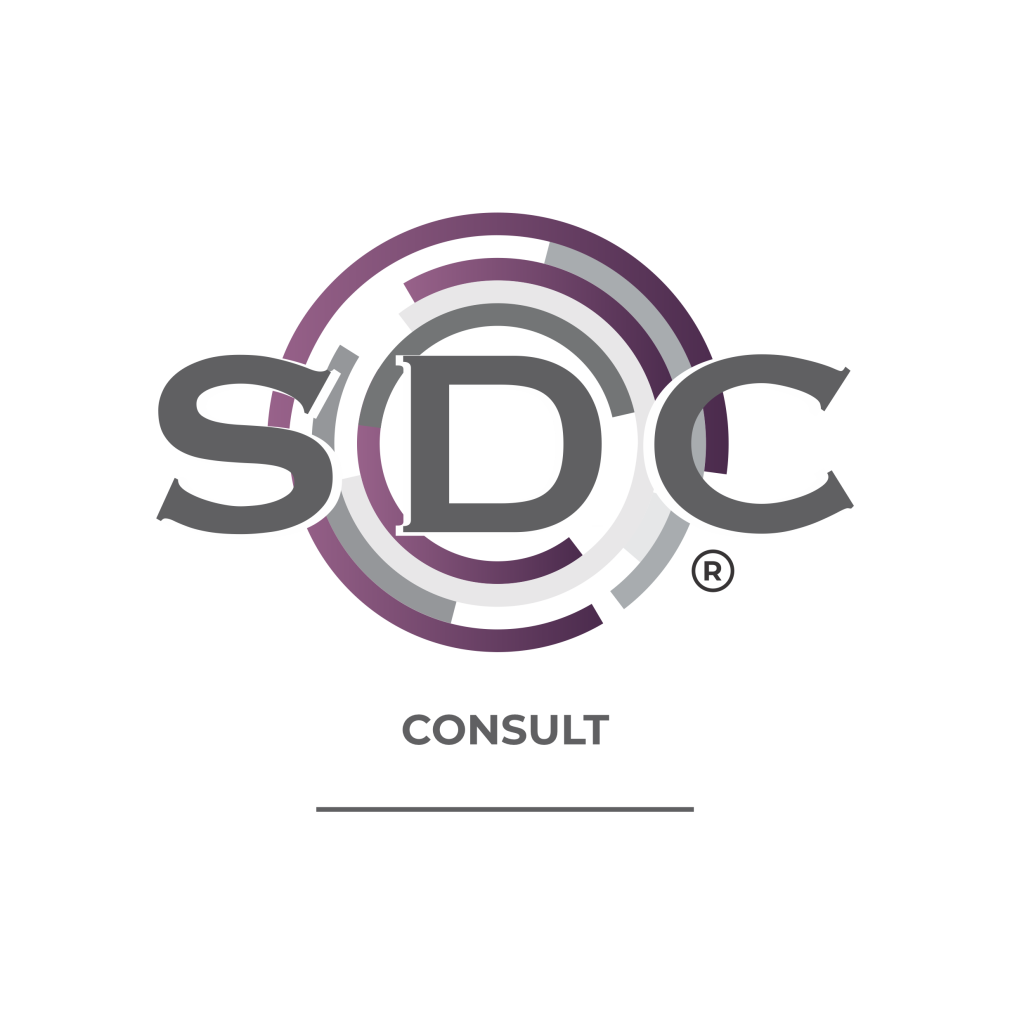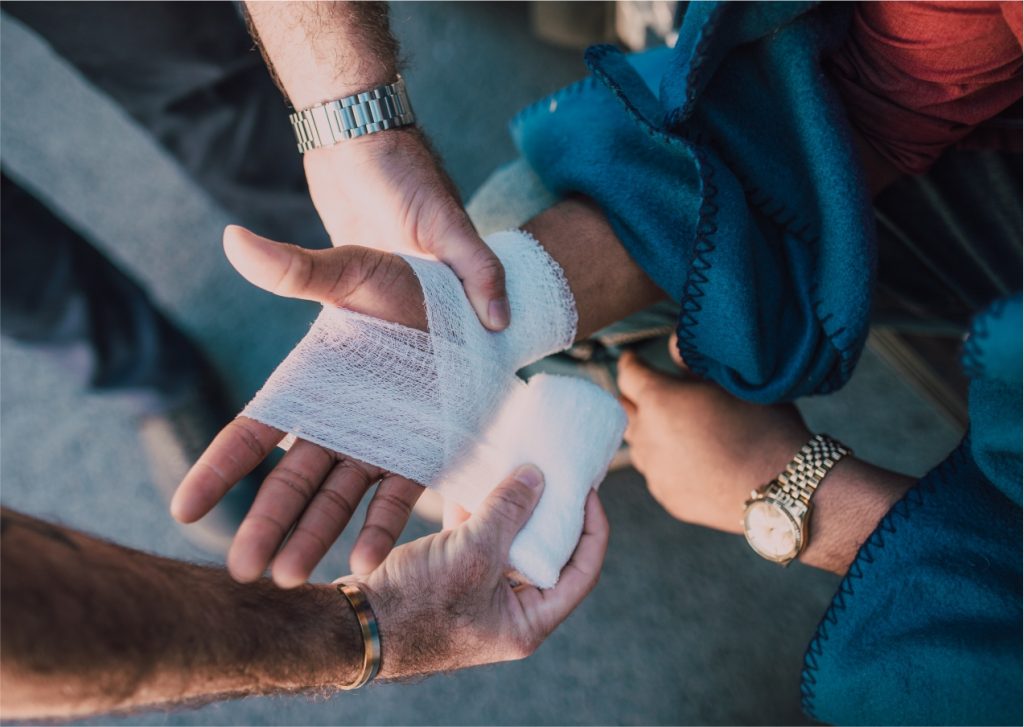
-
SDC Consult > Short Courses > First Aid
First Aid
Certification:
Received upon successful completion of the course.


First Aid
First aid training is a program of instruction and practical exercises designed to teach individuals how to provide immediate care and assistance to someone who has been injured or suddenly taken ill. The primary goals of first aid training are to preserve life, prevent the condition from worsening, and promote recovery until professional medical help arrives. First aid training equips individuals with the knowledge and skills needed to respond effectively to various medical emergencies.
Regular refreshers or re-certifications may be required to ensure that individuals maintain their skills and stay updated on the latest guidelines and techniques in first aid.
First Aid according to the Health and Safety Act:
In any environment at any time, any person can fall ill or suffer an injury – including the workplaces. Regardless of whether this illness or injury comes because of the work performed, an employer is duty-bound to offer immediate and appropriate medical assistance.
The Occupational Health and Safety Act (OHSA) No 85 of 1993, and as amended by the OHSA No 181 of 1993 places the duty on the employer to take all reasonable and necessary steps in the circumstances to ensure that prompt first aid assistance is available in the workplace in the event of an injury or illness. “All reasonable steps” include the training and certification of employees to serve as first aid personal in the workplace.

Course Index
- Principles of primary emergency care in the workplace
- Sustain a basic level of preparedness for health emergencies in the workplace
- Assessing and managing an emergency scene at the workplace
- Primary emergency life support
- Explain and manage shock
- Conduct secondary assessments
- Keep record of incident/accident
What can be learned.
Basics of Assessment:
Trainees learn how to assess the scene of an emergency, check for safety hazards, and evaluate the condition of the injured or ill person.
Cardiopulmonary Resuscitation (CPR):
First aid courses often include CPR training, which teaches chest compressions and rescue breaths to revive individuals experiencing cardiac arrest.
Wound Care and Bleeding Control:
Training covers how to clean and dress wounds, apply pressure to control bleeding, and recognize signs of shock.
Fracture and Musculoskeletal Injuries:
Trainees learn how to immobilize fractures and provide support for sprains and strains.
Choking:
Techniques for helping choking victims, including the Heimlich manoeuvre (abdominal thrusts), are typically covered.
Burn Care:
First aid courses address the assessment and treatment of burns, including measures to cool and cover the affected area.
Allergic Reactions and Anaphylaxis:
Training includes recognizing and responding to allergic reactions, including the use of epinephrine auto-injectors (e.g., EpiPen) in severe cases.
Medical Emergencies:
Trainees are taught to recognize and respond to various medical emergencies such as seizures, diabetic emergencies, and strokes.
Poisoning:
First aid courses may include information on how to assist individuals who have ingested or been exposed to toxic substances.
Heat and Cold-Related Illnesses:
Training addresses the recognition and initial treatment of conditions like heat exhaustion, heatstroke, hypothermia, and frostbite.
Rescue Breathing and Ventilation:
Techniques for providing artificial respiration to individuals who are not breathing are often covered.
Communication and Reporting:
First aiders learn how to communicate effectively with emergency responders, provide essential information, and call for professional help when necessary.
Legal and Ethical Considerations:
Training may touch on the legal and ethical responsibilities of first aiders, including obtaining consent and providing care within the scope of their training.
AED Use (Automated External Defibrillator):
Some courses include instruction on how to use AEDs, which can help restart the heart’s rhythm in cases of sudden cardiac arrest.
Infection Control:
Basic hygiene and infection control practices are emphasized to reduce the risk of infection when providing first aid.
Available Platforms:
- Face-to-face at one of our training venues.
- Online via Microsoft Teams.
Check-in time is at 8:15, introduction starts at 08:30 to 09:00am
Course Includes:
Tea, coffee, cookies, 2 sweets, water, pen, manual and a light snack for lunch. The courses usually end around 13:00 depending on the size of the company as well as the number of questions during the course.
Break Times:
There will be a break at 10:30 that includes tea, coffee, and a muffin. The course will commence at 11:00 to 13:00.
